The legacy of the 2008 financial crisis may be found in the boom of home decorating sites and shops. Multinational fashion brands like H&M, Zara, ASOS, Primark have all launched their own home decorating branches with healthy profit margins. A representative at French Connection, which launched a successful homeware branch, observed that ‘Generation Rent is keen to purchase standout rugs, chairs and lighting to personalise their rental space.’ And as Emily Gordon-Smith, head of fashion at consultancy Stylus, noted, ‘candles, cushions and vases do really well in times when money is tight.’
In this context, Living Ornament is an exhibition that considers how ornament and decoration are not only symptoms of changing social, cultural and economic relations but also the agents used to negotiate and reconfigure them. From this perspective, Living Ornament takes decorating and ornament seriously and explores why they have been simultaneously dismissed as frivolous and condemned dangerous.
The artists in this exhibition haven’t necessarily created works that explicitly feature ornament or decorations per se. But the exhibition explores how we can look at the artists’ works in terms of ornament and decoration’s complex associations and histories. For instance, the exhibition considers how ornament and decoration’s association with the particular and the marginal can encourage a way of looking that focuses not on overarching narratives and arguments but on the detail and the descriptive: ‘intimate, detailed images that invite a small, caressing gaze’ as film theorist Laura U. Marks notes. It looks at how ornament and decoration, in drawing together a range of disparate materials and references, seem to follow a logic of ‘both and’ rather than ‘either or’, creating hybrids and meeting points. And the exhibition also explores how ornament and decoration can be conceived less as a stable structure or grammar and more as figures of speech and language games that are used to negotiate different social-cultural contexts: ornament and decoration can make structures fluid, pliable, living.
In this way, Living Ornament considers how ornament and decoration are not just things, but also strategies, discourses and even methodologies. Moreover, as this exhibition takes place in the unconventional site of a former school that is itself in the process of being renovated and decorated, the exhibition also considers how exhibition-making can be considered a form of decoration.
The artists in the exhibition show how ornament and decoration, and their various material expressions and substrates (from screens, to clothes, to bread and cakes, to scarves, to walls), are part of our everyday lives. They explore how ornament and decoration are used as much to consolidate ideologies and social myths, as to negotiate and dismantle those ideologies. A voice whispers in Eli Cortiñas’ film, Walls Have Feelings, ‘Totalitarian systems work hard to achieve a consistent look. An entanglement of signs, that builds a recognizable iconography.’ And yet, as she and all the artists demonstrate, those sign systems are not completely secure. They are open to manipulation, misuse, play and invention.
Living Ornament explores how self-adornment and simple and cheap homemade ornaments can be forms of place-making and dreaming, even acts of defiance against regulatory and oppressive systems; how multinational corporations and designer goods make good use of ornament to sell their products; how class, race and sexuality are often negotiated through ornamental signs and decorative strategies, like the rhythm of a walk, the choice of a pattern; and how fantasies are rooted in ornamental details out of which other worlds are spun. Perhaps all these things are expressed in minutiae we may forget about in our everyday lives. But they are starting points for thinking about how power, dreams, identities and memories are situated, negotiated and remembered.
Exhibition title: “Living Ornament”
Organised by: “Atletika” gallery / Lithuanian Interdisciplinary Artists’ Association
Venue: “Atletika” gallery, Vitebsko Str. 21, Vilnius, Lithuania
Date: 22 February–27 March 2020 (gallery visits are temporarily suspended due to the coronavirus pandemic)
Artists:
Eli Cortinas, Isora x Lozuraityte, (Ona Lozuraitytė and Petras Išora), Ona Juciūtė, Thomas Laprade and Aaron Lehman, Goda Palekaitė, Iain Woods, Anastasia Sosunova
Curator:
Yates Norton
Photography: Laurynas Skeisgiela
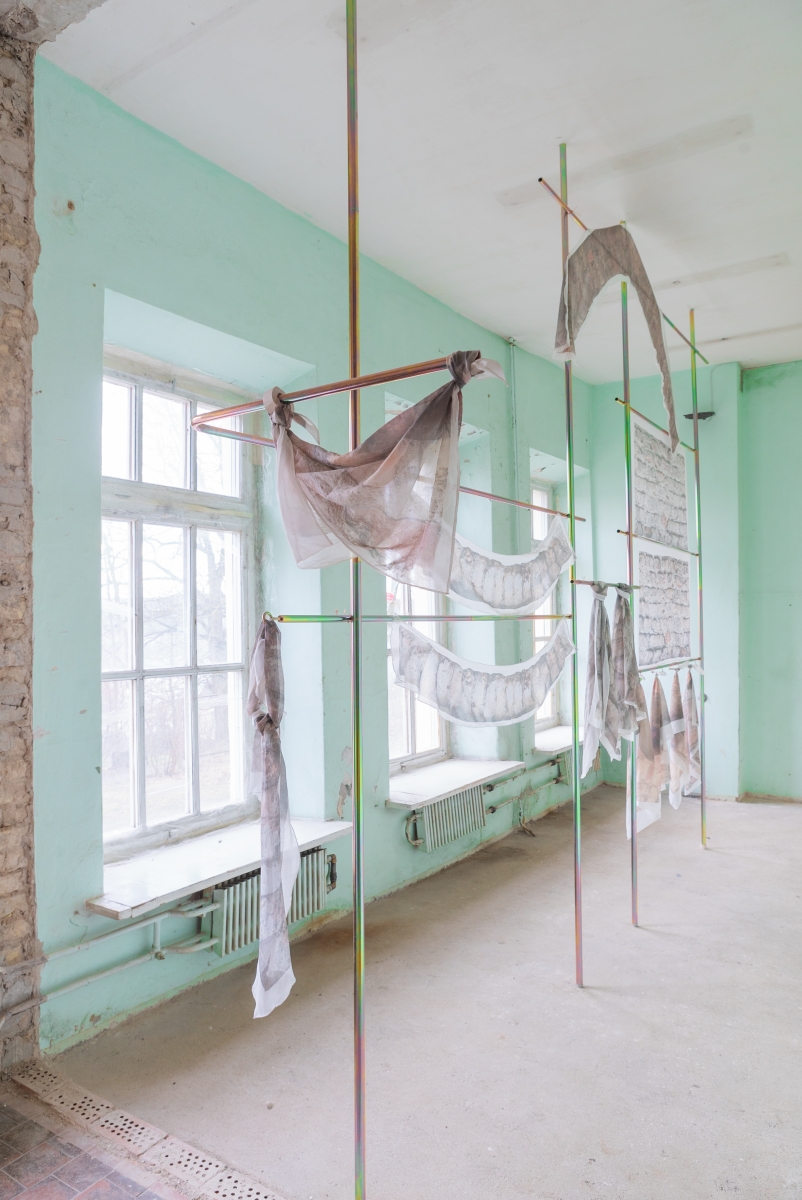
Ona Juciūtė. Top Notes. Installation view

Ona Juciūtė. Top Notes. Installation view

Ona Juciūtė. Top Notes. Installation view
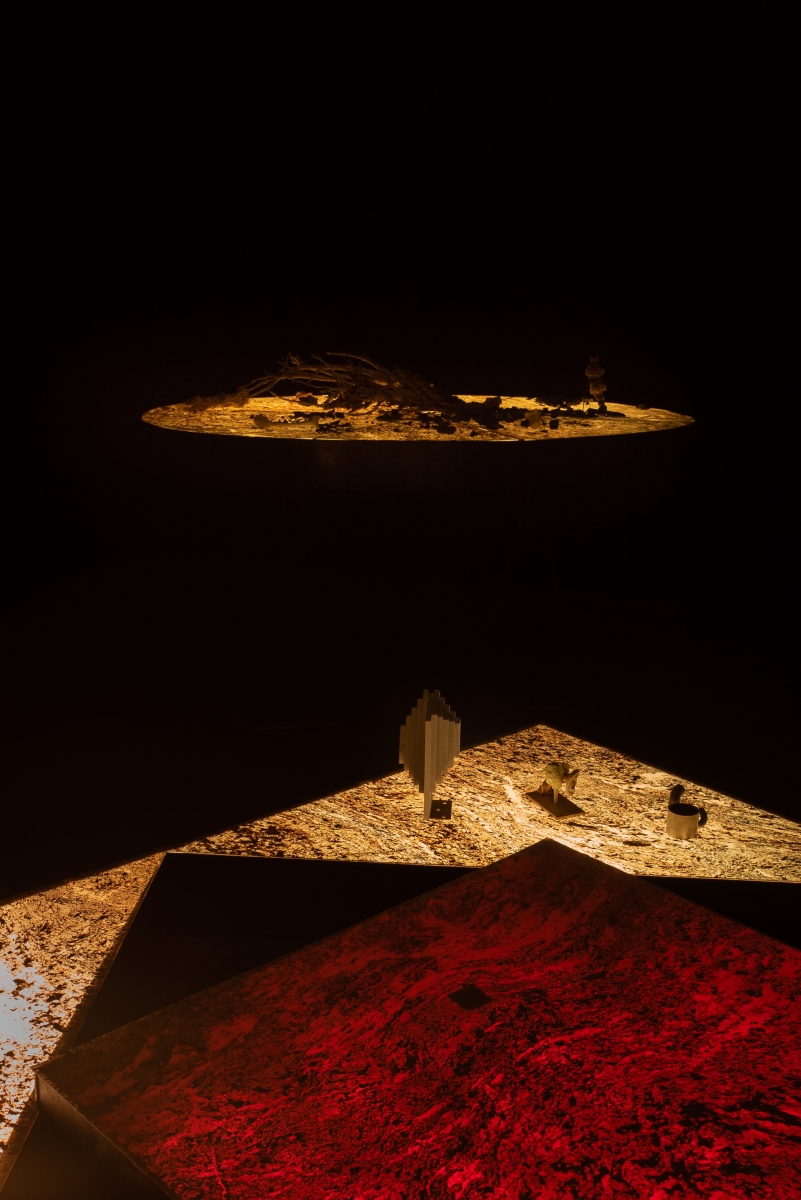
Goda Palekaitė. Liminal Minds. Installation view

Goda Palekaitė. Liminal Minds. Installation view
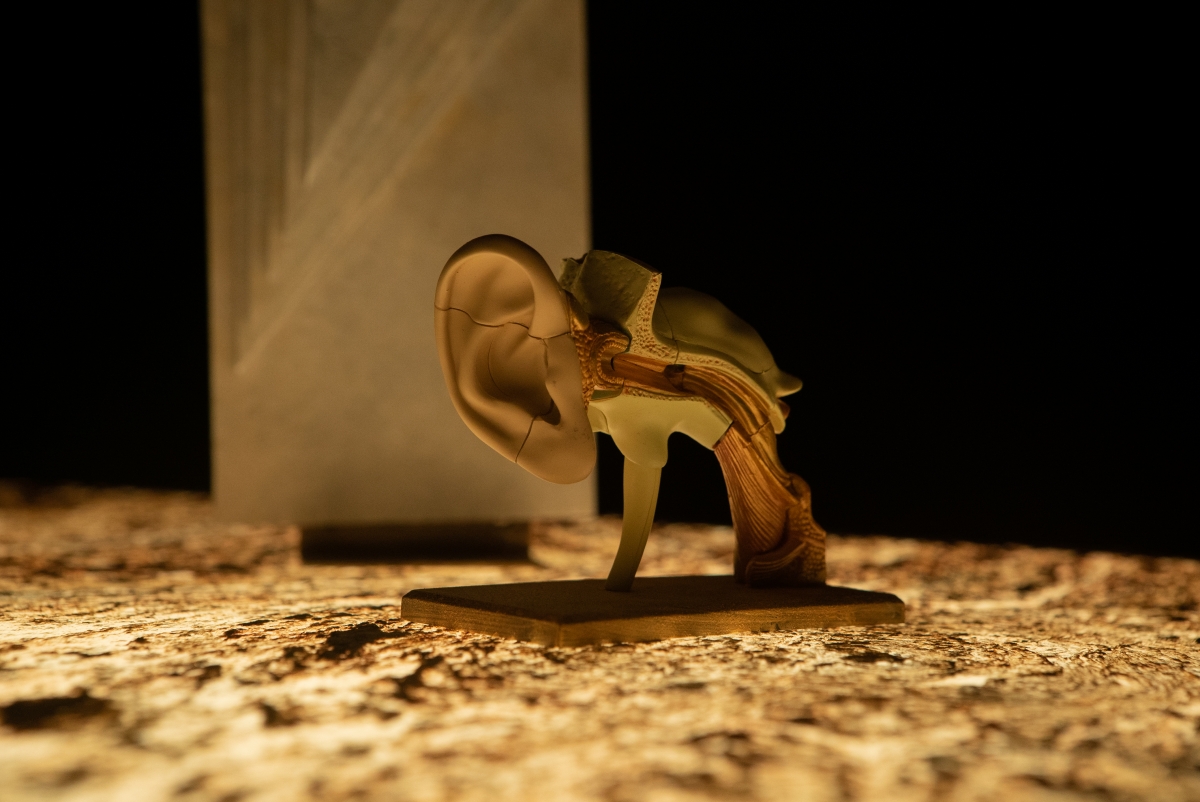
Goda Palekaitė. Liminal Minds. Installation view

Goda Palekaitė. Liminal Minds. Installation view

Eli Cortinas. The Walls Have Feelings. Installation view

Eli Cortinas. The Walls Have Feelings. Installation view

Eli Cortinas. The Walls Have Feelings. Installation view
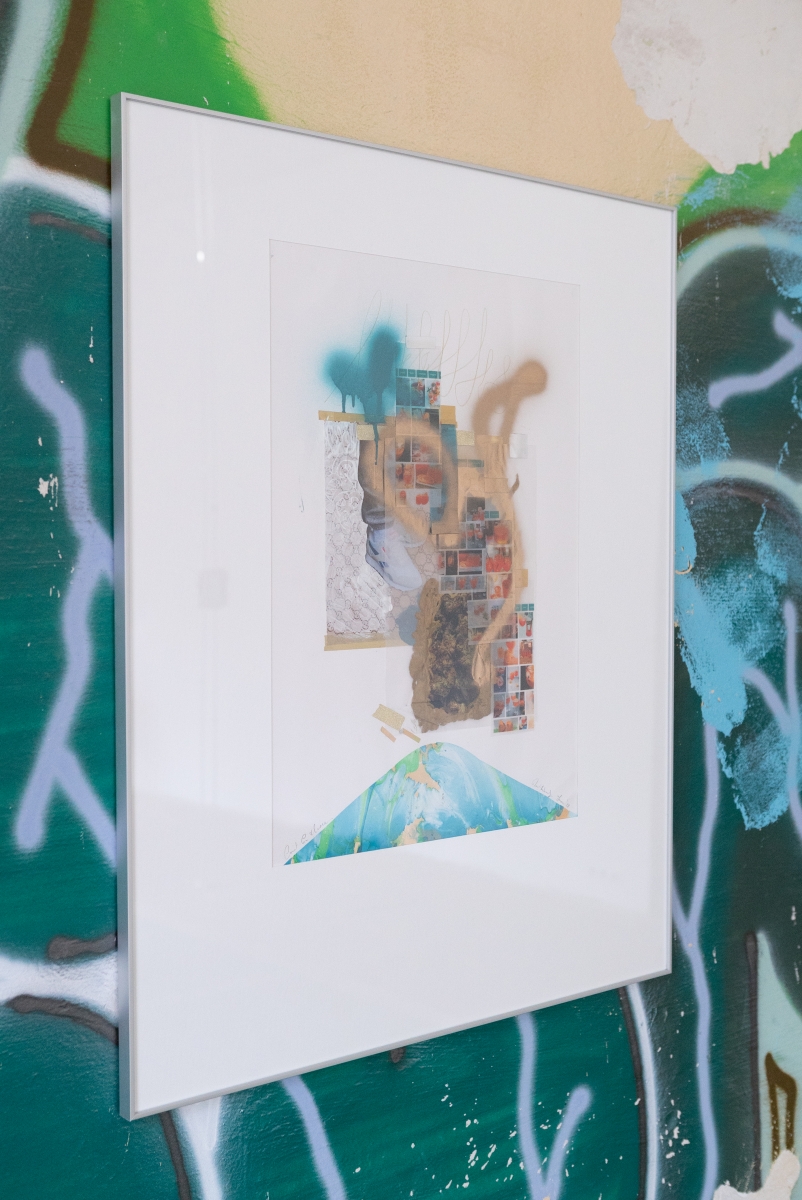
Iain Woods .Collages from Populism series. Installation view
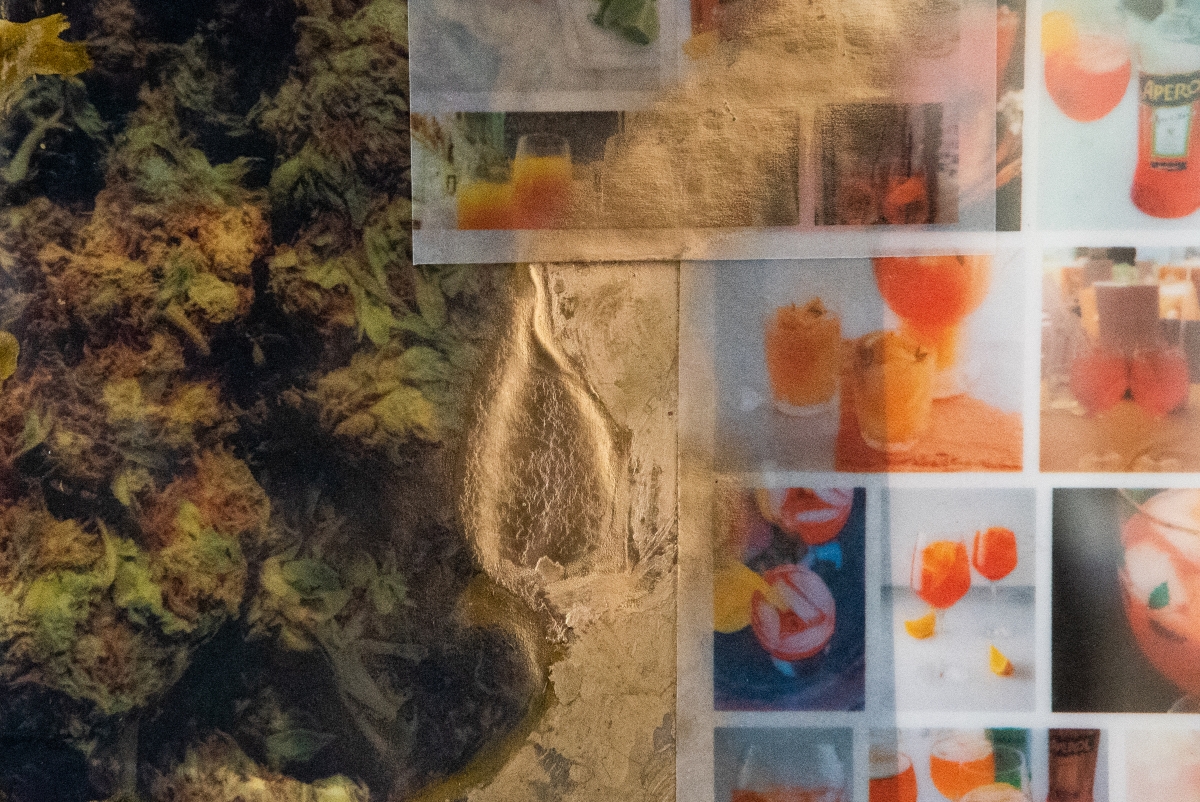
Iain Woods .Collages from Populism series. Installation view

Isora x Lozuraityte (Ona Lozuraitytė & Petras Išora). Process I09. Installation view

Isora x Lozuraityte (Ona Lozuraitytė & Petras Išora). Process I09. Installation view

Exhibition Living Ornament. Installation view

Anastasija Sosunova. Behind the Waterfall. Installation view

Anastasija Sosunova. Behind the Waterfall. Installation view

Anastasija Sosunova. Wrestler’s luncheon. Installation view

Anastasija Sosunova. The children of the revolution are always ungrateful. Installation view

Anastasija Sosunova. Karavai. Installation view

Anastasija Sosunova. Karavai. Installation view

Thomas Laprade & Aaron Lehman. Installation view

Thomas Laprade & Aaron Lehman. How Shall Such Growth be Brought About by The Lord. Installation view

Thomas Laprade & Aaron Lehman. They Shall See Who Shall Arrive at Those Times. Installation view






























